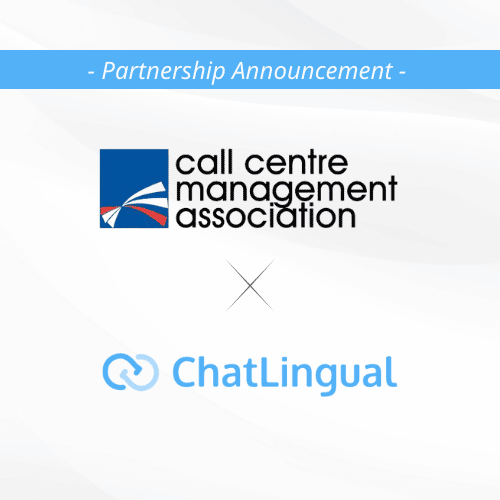Good companies are dedicated to providing exceptional customer experience (CX). They prioritize going above and beyond to please their customers, ensure their loyalty, and encourage them to recommend their products or services to others.
After all, customers are the lifeline of any business.
Great companies prioritize employee experience (EX) just as much as they do CX.
After all, what’s a business without its employees? And how can unsatisfied employees deliver customer satisfaction?
Research shows that an outstanding EX has a positive impact on CX, but that’s not the focus of this article. Instead, we aim to draw attention to a crucial aspect of improving EX that is often overlooked – the power of language to provide personalized support and empower teams.
What Engages Employees?
Language is table stakes. We can’t gloss over it. And there’s really only one way to get it right if we’re aiming for that high bar. We’ve got to make it possible for team members to communicate with each other in their own native language. Seems like an easy decision, but we can’t tell you how many multinational companies still struggle with the language dilemma, and whose employees are not as engaged as a consequence.
Language Pains
Historically, HR departments struggle to overcome two big language hurdles: 1) recruitment for customer service teams, and 2) internal communication (employee to employee).
Global teams deal with disparate locations and fragmented languages. Setting up local support departments for every location is an option, but not a cost-effective one. The most streamlined approach is a consolidated support hub that serves the entire global organization. But then what languages do they support? Do you try to hire experts for all the different languages from that single location? Do you source language experts from other locations and have them relocate to the consolidated hub? Or do you just force everyone to speak English?
Providing each country-team with its own support hub is inefficient and expensive. If you go the route of the consolidated hub that recruits experts in all needed languages, you’re looking at expensive relocation incentives, prolonged lead time to hire, and the necessity to emphasize language skills over other more critical job-centric skills. So, in the end, what many multinational companies are still doing today is forcing English as their corporate language, even for internal HR-related conversations.
To achieve exceptional employee experience, great companies emphasize personalized support. Employees don’t like speaking in a non-native language any more than customers do. Forcing employees to communicate in a single language adds frustration and complexity to their experience which can have a direct impact on CX and productivity. Using a single language is also a great way to lose important communication to misinterpretation; not to mention, it slows communication down, including the time to resolve employee queries.
So, What’s the Alternative?
Translation technology has come a long way in recent years and by leveraging innovative language tools created for service teams, you can reduce the complexity and costs of your staffing strategy.
Removing the language barrier in your internal support approach eliminates the requirement of hiring candidates based on specialized language skills. Broadening your hiring pool allows you to focus on the skill sets that truly matter for your organization. And this directly impacts your bottom line.
Benefits of Removing the Language Burden
How does a solution like this boost EX? By lifting the language burden off your employees’ shoulders, you are freeing them up to 1) be themselves, 2) stay focused on what’s actually important for their job. Removing the language barrier is a good recipe for employee engagement. Moreover, such a solution makes it possible for HR to put more of their focus on internal employee service, to resolve queries, offer support, and share important communication.
These technologies aren’t just boosting employee experience, engagement, and retention, they are transforming the recruitment and hiring landscape for HR departments. By removing the language requirement, recruiters can broaden the talent pool and focus on the skill sets that are more relevant to the core job description. For customer and employee support, a unified, multilingual internal customer service platform makes it possible to consolidate a support center at a single, low-cost location. You can imagine the cost savings in that regard.
The Bottom Line
HR directors should consider the utility of translation technologies in improving access to internal support services. The employee experience (EX) improves drastically when employees can access resources and services in their native language. Another clear business benefit is reduced multilingual staffing complexity, and consolidation of operations to drive cost reductions. Undoubtedly, multilingual communication is advantageous for all parties involved and is particularly beneficial for HR departments that prioritize creating the most inclusive work environment.



